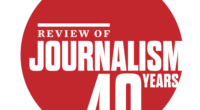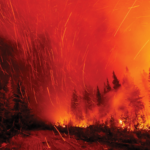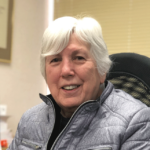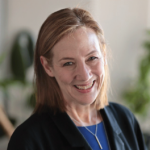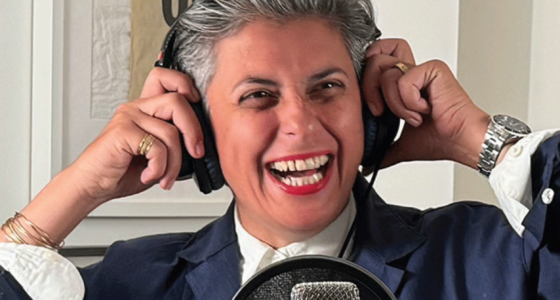The Review’s four longest-serving instructors reflect on how the magazine has adapted and evolved in the last four decades, from 1984 to 2024
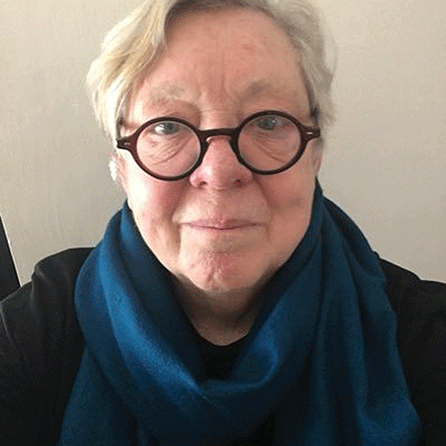
Lynn Cunningham
(1985–2003; 2009–13)
Over the years, Lynn Cunningham has seen the reporting and editorial process evolve. For starters, the norm for interviews was to pick up the phone to call sources, make an appointment, and go see someone in person—including, at times, well out of Toronto. “We would send people to Ottawa to report, we would send people to New York. There was more money to spend to send people places,” she says. And even when email became available, writers were still encouraged to conduct interviews either in person or over the phone—a standard practice still in place today. “There’s much more nuance [reporting in person or over the phone] than in email, where you can’t have an extended conversation,” says Cunningham. She also remembers the original editorial process, which was all done on paper. The text would be typed once by the author using a typewriter, edited on paper with a pencil, and retyped by professional typesetters. At the proofreading stage, corrections had be knifed in; missing commas were stuck on galleys or text was physically cut out to make copy fit. “I can’t imagine how we ever got a magazine out.”
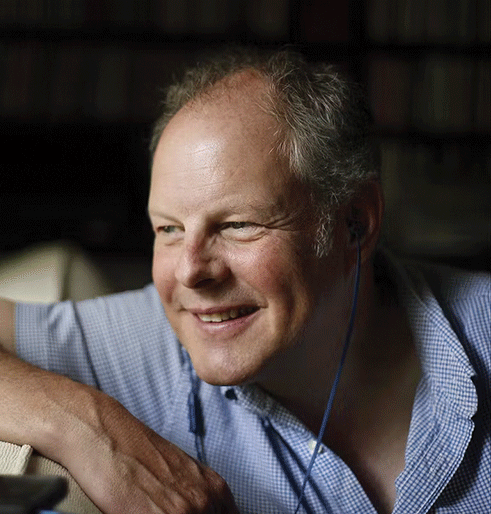
Tim Falconer
(2008–16)
Tim Falconer has seen the impact of the Review’s coverage over the years. Reflecting on the suicide cover story in 2011, he says that while it was not the most newsstand-friendly cover, it was a special story that changed people’s minds. “When you’re working on the Review, you’re kind of wondering, well, does anybody care,” says Falconer. After the article on suicide came out, Falconer recalls a column published in the Toronto Star. He remembers how the public editor wrote that reading the story changed her mind about how the paper should cover suicide. The Review has produced nuanced and hard-hitting stories over its 40 years, Falconer says, but more than that, it’s produced excellent journalists. He recalls that students, year after year, would worry about getting a job in the field. Yet, looking back, he notes that many former students have jobs at The Walrus, Chatelaine, The Globe and Mail, among other publications and newsrooms. “I could go through the mastheads and tell you where a lot of people are,” he says. “People are getting jobs.” Although the job market is slow, Falconer encourages students to not despair. He says the concerns they have now existed back when he was teaching. “The Review is a chance to really shine,” says Falconer. “A really good feature in the Review is a nice calling card when you go looking for a job.”
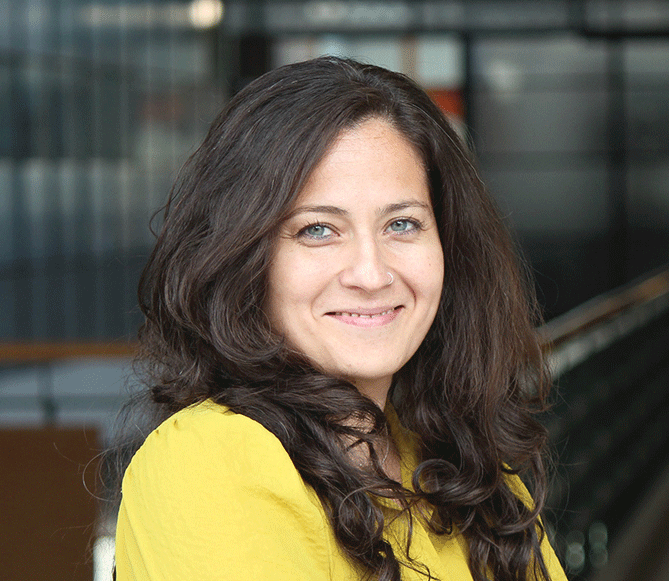
Sonya Fatah
(2017–22)
In 2020, three years after Sonya Fatah began instructing the course alongside Steve Trumper, the COVID-19 pandemic shut everything down. For the first time, production had to be moved online. Up to this point, apart from some online stories, the Review functioned solely on paper—leaving a long paper trail from edits to fact-checking. “We brought in online, we brought in podcasting.” says Fatah. They had to quickly adapt and figure out a way to continue production without jeopardizing anyone’s health and safety. People had all kinds of extenuating circumstances. There were some who had family who were sick. “Things were happening that required all kinds of massaging. Somehow, we managed,” says Fatah. “I think we were completely off schedule.” Despite this, the magazine turned out really well and even won a few awards. The year after came the university’s name change. “We don’t know what it is, but we didn’t feel comfortable publishing the magazine with ‘Ryerson’ Review of Journalism,” says Fatah. However, because the name change wasn’t official, the Spring 2021 cover had a seven-space bracket and an editorial note from Fatah and Trumper explaining the process of this decision. In spite of these unprecedented hurdles, “We managed to bring out the magazine each time and each time the students did well,” says Fatah. “Their stories were recognized.” She believes that the last 10 years of the Review were the most difficult but the most impactful. The Review was an important space during this period because it’s one of the few consistent places in Canada where there is substantial media criticism. “If it continues to do its work, and we continue to find other ways to develop the practice of journalism, it will continue to evolve and meet that need,” says Fatah.
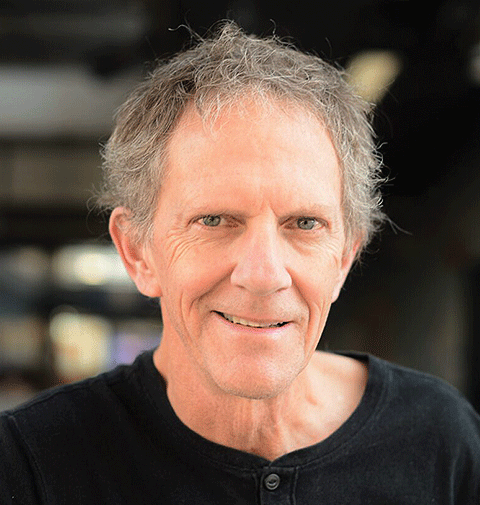
Bill Reynolds
(2002–08; 2023–24)
When Bill Reynolds became a Review writing instructor in 2002, there were two editions: Spring and Summer. That meant there were two magazine masthead class sections of usually 15 students each on different days of the week. “But the writing course,” says Reynolds, “in which students produced their features for the Review, was 34 students, one day a week. Heavy!” The scariest part of the course instruction was demanding that students conduct 40 interviews with sources, “no matter the scope and depth of the story,” says Reynolds. “Strangely enough, many students complied.” The landscape today is different—we’re in an age of disruption and platform mania that tends to hinder that berserk level of enthusiasm. But it is made up for in the way the Review operates on several levels. The editorial process has shifted significantly, becoming more complex for everyone. This year, for the 40th anniversary, the masthead is working on the print features, a newsletter, two different podcasts, plus social media posts. “We even mounted an art exhibition for the Review’s 40th birthday at the Assembly Gallery on campus—in February, in the middle of magazine production,” says Reynolds. “By any standard, it’s pretty gravity-defying.” As the editorial process evolved, so have the stories. Identity politics have played a role in the Review’s coverage since the 1990s, says Reynolds, but never more so than now. “Whether it’s reporting or story selection or source choices, diversity is the name of the game. Students have driven this shift change as much, if not more, than instructors. It’s a remarkable evolution.”
In Memoriam
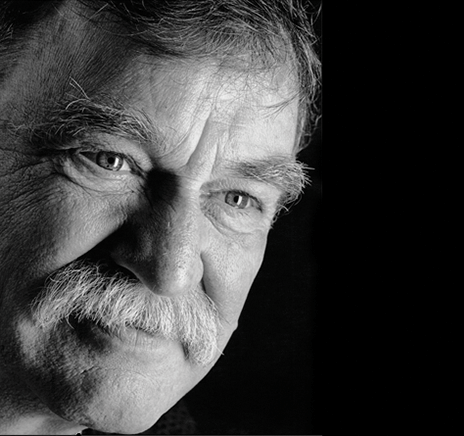
Don Obe
(1984–93; 2000)
“My late husband, who created the magazine in 1984, did the whole thing on a $5,000 grant from the Reader’s Digest Foundation, and allocated the money to create the magazine. I like to think that Don would be looking at the fact that his brainstorm was still going and writing tough stories—which was always the intent of the magazine.”
—Lynn Cunningham
“I can’t imagine that he thought, Oh, this is gonna last for 40-plus years. When you’re starting something like that, you don’t think about it. You just go, Okay, well, we’re gonna start this. You look at those early issues, on these kinds of newsprint, but now it’s a perfect-bound, really great-looking magazine with lots of really well-reported and well-written stories. I’m proud to have whatever small part I had because it’s a really valuable thing.”
—Tim Falconer
“Don Obe’s vision of students learning about the industry they’re about to enter—and compete in—by critiquing the work of the very people that will hire them was and is a stroke of genius. The magazine will always be home to longform, in-depth stories, and investigations into Canadian journalism, applying techniques normally associated with fiction writing to the narratives whenever possible. And the Review’s coverage via other platforms will continue to evolve and thrive, depending on the interests of the masthead each year.”
—Bill Reynolds
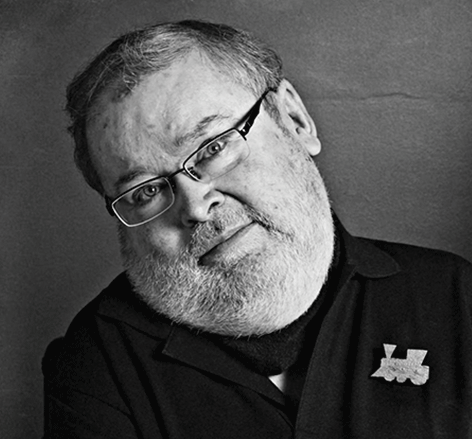
Steve Trumper
(1996–97; 2017–22)
“Steve was a great breakfast or lunch pal to talk shop, talk gossip, crack a few laughs. He was unbelievably good-natured, considering the cards that fate and maybe genetics had dealt him. He was so knowledgeable about magazines and editing. He was insatiably curious.”
—Bill Reynolds
“Steve was a natural educator in the sense that he really cared for his students. And he gave a lot of time to students who needed the time. He put student care on top of everything. He was not an institution man. Because of his own life experience, he was very understanding of the kinds of hurdles that students might face. Usually, when we weren’t in class, there was a student in his office. Students talked about their life problems, things that were happening; they got his advice on more than the story. His philosophy of working with students was to give them as many chances as possible. Because of Steve’s own life experience and his reality, he was always quite open to understanding that people had stuff that they were carrying, and you didn’t always see it. So for me, as an able-bodied person working with Steve, I learned to be really conscious and aware of disabilities. Getting to know and work with Steve really helped me develop my teaching philosophy.”
—Sonya Fatah
About the author
Prarthana is a second-year Master of Journalism student at TMU. She’s an assistant reporter at the Investigative Journalism Bureau and a producer for Beyond the U podcast series at Toronto Met Radio. She additionally has work published in Maclean’s, Broadview, and other publications. She is passionate about sharing socio-political stories about displaced and vulnerable communities on a global scale.

